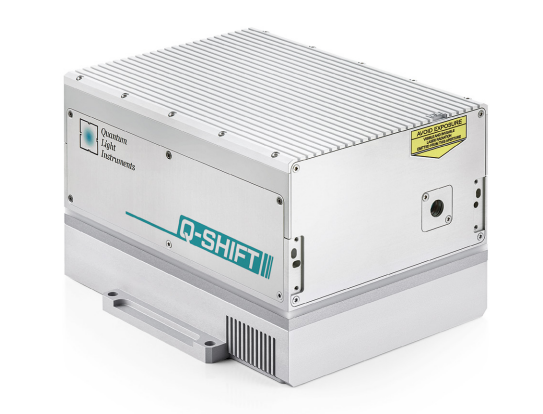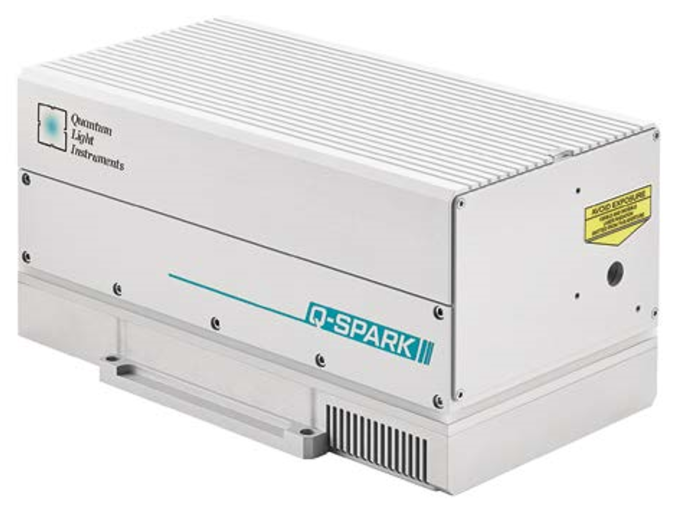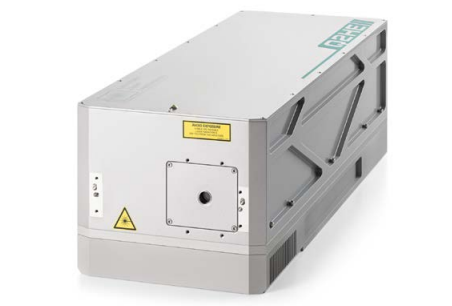Q-SHIFT
DPSS Laser, ns pulsed, 291-1571nm, up to 40mJ, up to 100Hz
Key Features:
- 11XX, 13XX & 15XX nm options
- Options for up to 4th harmonic
- Air-cooled (water-free)
- Little to no maintenance
- Remote monitoring, control & diagnostics
- Turnkey performance & user-friendly web interface
- >2 G shot pump diode lifetime
- Many options, configurable & customizable
Get help selecting the right configuration for you!
If you do not see exactly what you need, please contact us!
The Q-SHIFT series of Q-switched DPSS lasers is designed for researchers and application specialists working in micromachining, dermatology, LIDAR, time-resolved laser spectroscopy, and LIBS applications. With its built-in nonlinear wavelength conversion stage, this series can produce unconventional DPSS wavelengths: 1163, 1177, 1300, 1317, 1551 & 1571 nm. The optional harmonics generator can generate up to the 4th harmonic for each fundamental wavelength, providing even more versatility. This series can produce up to 40mJ/1W @ 1163nm with up to 100Hz repetition rate.
We’re experts in selecting the right laser for your application!
Benefits:
- Unconventional fundamental DPSS wavelengths – 1163, 1177, 1300, 1317, 1551 and 1571 nm:
- Provides access to a wider range of wavelengths, enabling new possibilities and more precise results.
- Optional – up to 4th harmonic for each fundamental wavelength:
- Offers greater versatility and flexibility in wavelength options, making it easier to adapt the laser to different applications and experiment designs.
- Remote monitoring and control via built-in Ethernet interface:
- Allows for convenient and easy control of the laser from a remote location, including support and diagnostics, saving time and increasing efficiency.
- Air-cooled – water-free:
- Requires less maintenance and is more environmentally friendly than water-cooled systems, reducing operating costs and increasing efficiency.
- Sync pulses for triggering of user equipment:
- Enables synchronization with other equipment in the laboratory, ensuring accurate and precise timing and facilitating more complex experiments.
- Optional stand-alone pulse generator for variable rep. rate:
- Provides greater control over the laser’s output, making it easier to adjust the laser to different experimental conditions and parameters.
- Stand-alone air purging unit for long lifetime of UV optics:
- Provides protection and prolongs the lifetime of the laser, even in harsh or demanding conditions, reducing maintenance and replacement costs.
- Guaranteed pump diode lifetime:
- Greater than 2 giga-shots pump diode lifetime provides long-term stability and reduces downtime.
- High-speed triggering, <0.5ns RMS jitter:
- Allows for faster and more precise control over the laser, ensuring accurate timing and minimizing errors and inconsistencies.
Don’t hesitate to ask us anything!
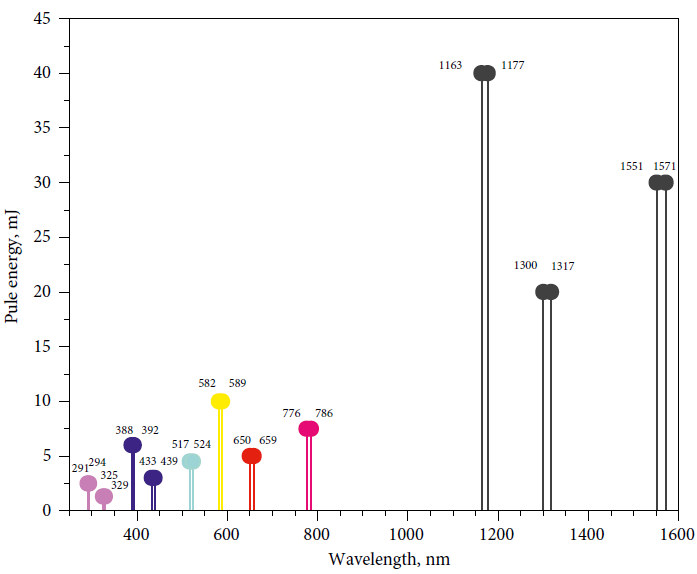
This air-cooled series of lasers builds on the Q2 and Q2HE series and the guaranteed > 2 G shot lifetime, utilizing the same time tested Nd:YAG and Nd:YLF lasers as pump sources. It provides high-speed triggering pulses with RMS jitter > 0.5 ns with respect to Q-switch triggering edge of the pulse and both internal and external triggering. The Quantas-Q-SHIFT laser is controlled via a built-in Ethernet port with the option to add Wi-Fi adapter, allowing users to monitor and control laser remotely.
Due to a short laser cavity and excellent thermal properties of the crystal, this series produces high peak intensity pulses (up to 40mJ @ 1163 or 1177nm), with typical pulse durations from 2-5ns, and a repetition rate up to 100Hz, even at visible wavelengths (blue, yellow and red) when the Quantas-Q-SHIFT laser is combined with our attachable SHG or stand-alone H-SMART harmonic generator. This laser’s functionality can be further extended by auxiliary equipment, including an attachable motorized attenuator for fundamental wavelength beam, attachable pulse energy monitor with analog and/or digital output, and a stand-alone two-channel pulse generator.
The tables below show configurations by Wavelength, Rep. Rate, and Pulse Energy.
Check out the datasheet for expanded tables and more technical information.
1163 & 1177nm Basic Configuration Table:
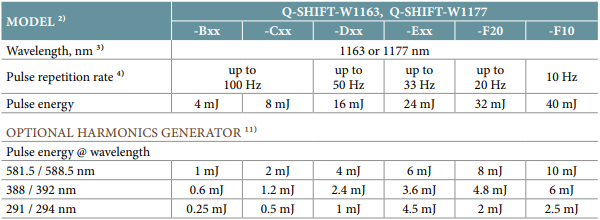
1300 & 1317nm Basic Configuration Table:
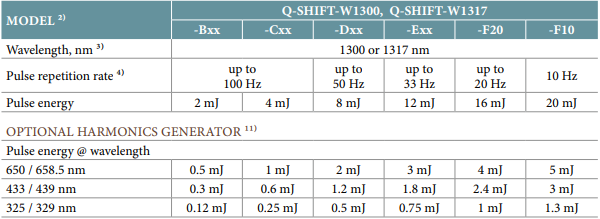
1551 & 1571nm Basic Configuration Table:
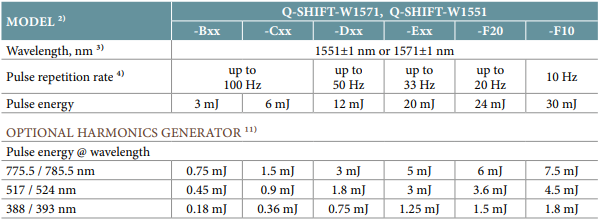
Don’t hesitate to ask us anything!
| Wavelength (nm) | |
|---|---|
| Description | |
| Type | Pulsed DPSS Lasers, High Pulse Energy, High Peak Power, Low Jitter, Turn-Key System, Customizable |

 SHIPS TODAY
SHIPS TODAY 